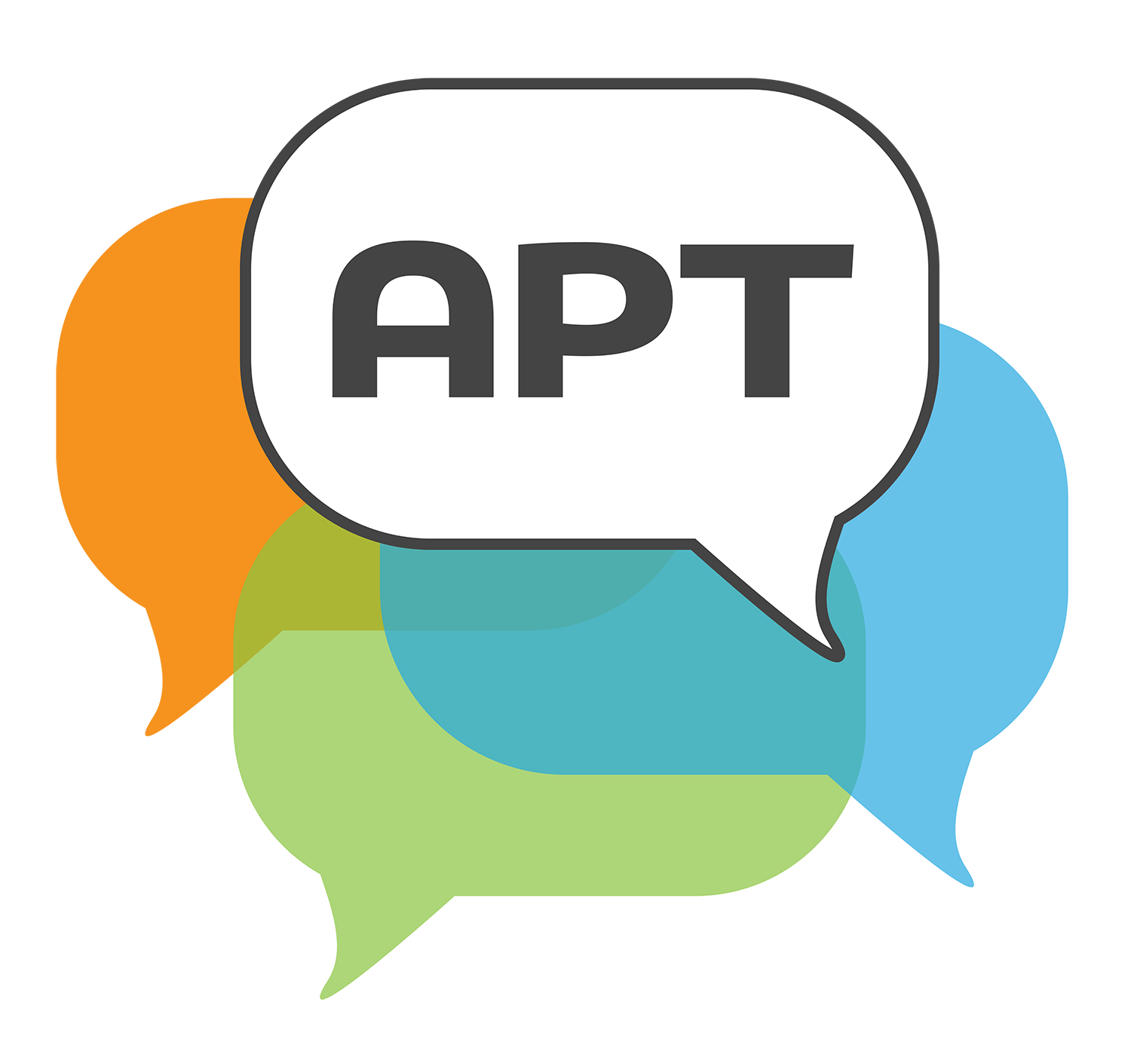Understanding More and Less
Math • Kindergarten
Selected segments with commentary below » Full video viewable here.
There is wide variation among kindergarten students in their mathematical knowledge. Most students will be able to count from 1 to 10, and some will know one to one correspondence. But many will not yet understand the concept of quantity. Even if they can accurately count 5 and 9, they do not yet know which is more. And even when students do know that the group with 9 is more or bigger than the group with 5, it is a sizable next step to be able to look at the numerals representing those quantities and know which represents a larger quantity. The lesson the teacher has constructed travels this considerable distance. Before we tune in, the class has counted how many students have shoes with shoelaces and how many do not. The group sizes are represented by student names in each category, and the numerals are written below.
The first student appears to be in the category of students who do not yet solidly comprehend quantity. She answers that less students are wearing laces. With scaffolding from the teacher, the student is able to say that 9 is bigger than 5. The teacher moves to another student, perhaps aware that the first student’s knowledge is not yet firm. She asks for a statement using the word more.
Student 2 is much more secure in her knowledge. She says that nine is more than five, and uses blocks as evidence: nine blocks is more than five blocks. Most students agree, but some disagree. That nine is more than five is not obvious in kindergarten! Student 2 is very ready to prove her case; she compares the height of the nine blocks to the five blocks, and declares that nine is taller and five is shorter. The teacher prompts her to double check, and she asks the students to count along with her. Remarkably, student 2 completes her explanation by pointing out not only that there are more blocks in the tower of 9, but also that more students were wearing laces, which is why there are more blocks in that tower.
The opportunity to talk that these students experienced helps the teacher to address the significant difference in math understanding when students enter kindergarten. Student 2 was clearly advanced. The opportunity she had to articulate her understanding and prove her case supports her growth. At the same time, the opportunity for other students to hear her explain and to put her understanding into their own words helps them advance. And not only are students learning mathematics, they are developing their language ability by explaining their thinking.


